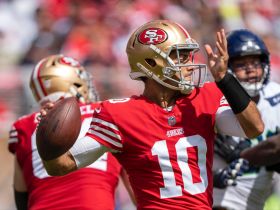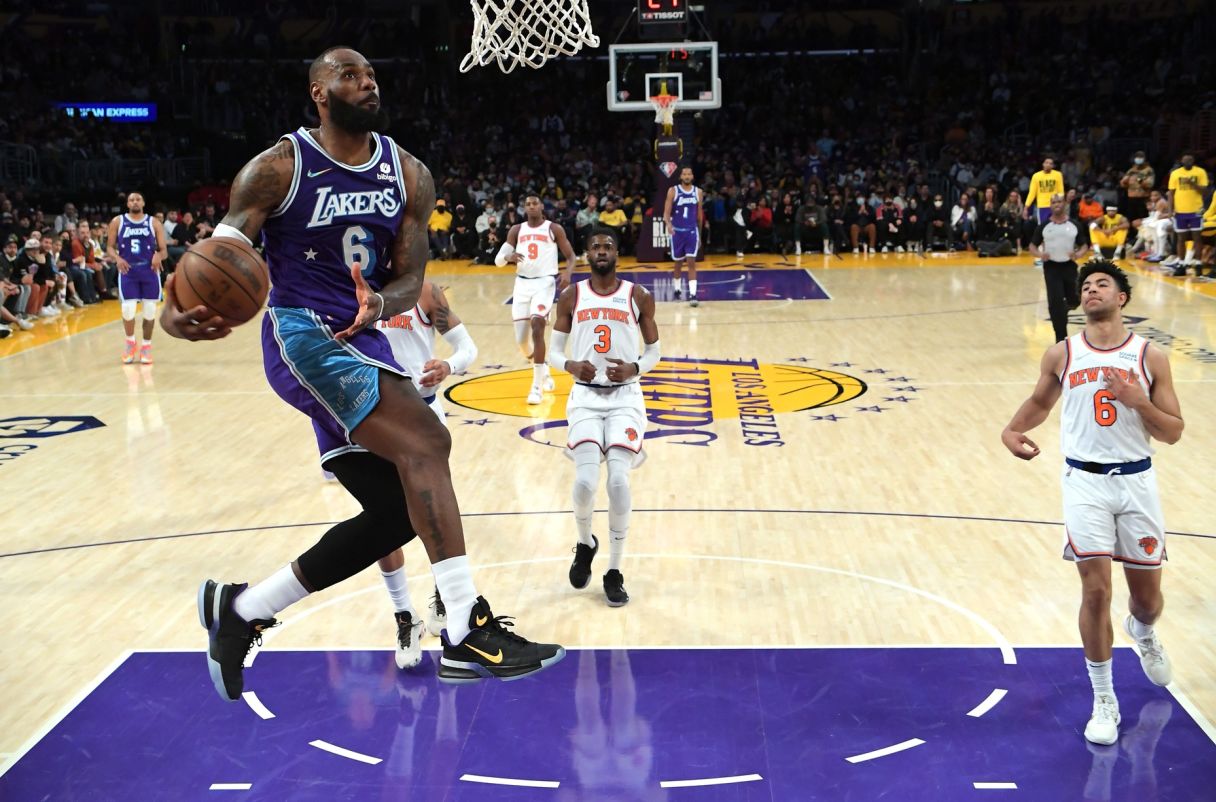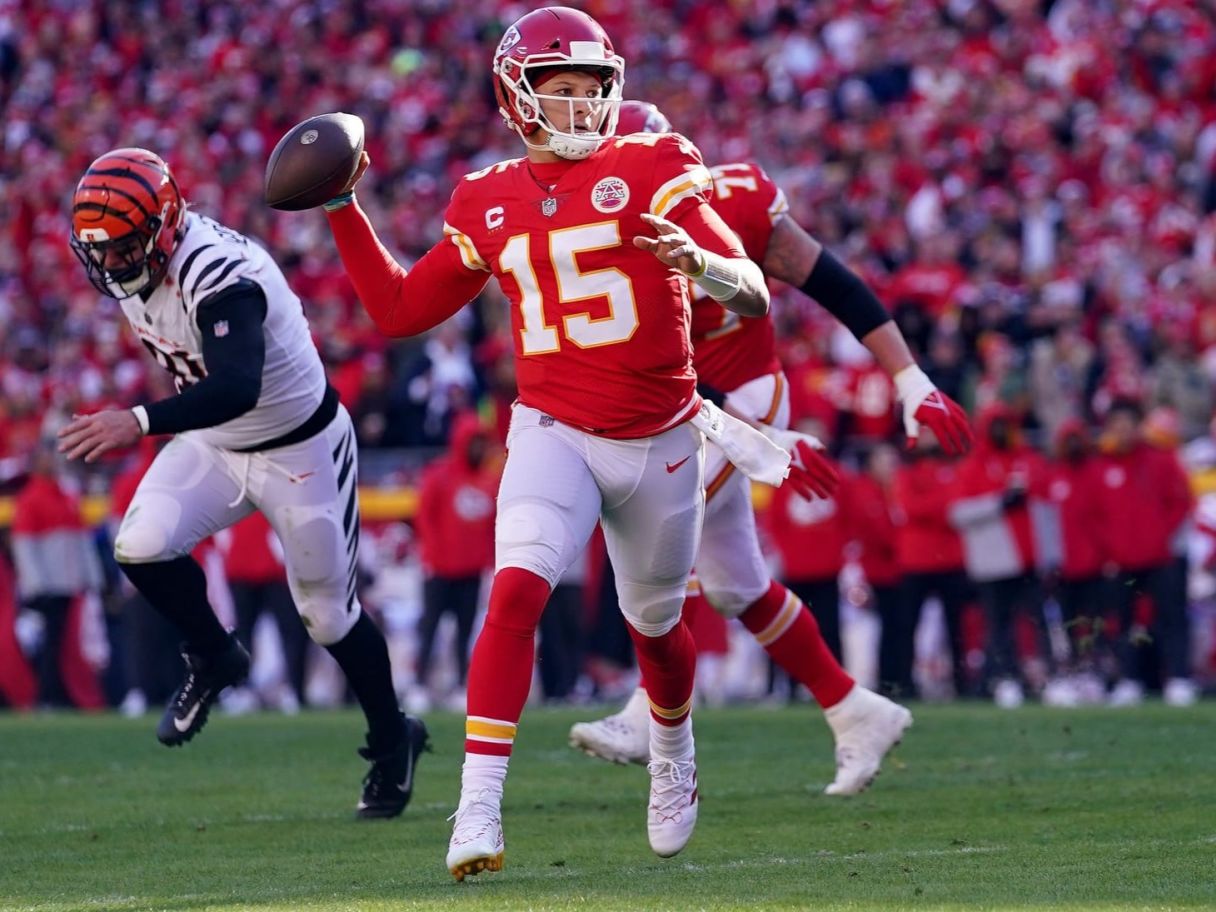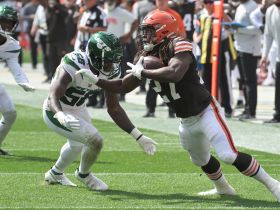
SNF: 49ers @ Broncos (9/25/22)
Ian Cameron dissects this week's Sunday Night Football game where Jimmy Garoppolo and the 49ers face off with Russell Wilson and the Denver Broncos.
Our free online bet calculator allows you to work out potential winnings from your bets. Check it out below.
$25.00
Estimated Profit
Converted Odds and Implied Probability
-400
American
1/4
Fractional
1.25
Decimal
80.0%
Implied Probability
Total Outlay
$100.00
Total Profit
$25.00
Total Return
$125.00
Remember, if your bet wins, your original stake is returned too. So add that value to the profit. That applies to your total payout figure for fractional and American odds. Decimal odds include your stake in your expected profit.
A bet calculator is an incredibly useful tool for any sports bettor. Odds can be quite complicated – especially when you bet on parlays – so being able to work out your potential returns quickly and easily saves you a lot of time.
Using a free bet calculator enables you to see how your selections, and the odds for them, impact your returns and profit. Our betting odds calculator is flexible and customizable. You can enter your own stake and the odds for a single bet or a range of multiple bets.
If you need more detail, our betting glossary has definitions of all the major types of bet available to you.
You can convert your odds between American, decimal and fractional quickly and easily by using the table below. The “implied probability” is a mathematical expression of the percentage chance of the selection you are choosing being successful.
| Fractional | Decimal | American | Implied Probability |
|---|---|---|---|
| 1/5 | 1.2 | -500 | 83.3% |
| 2/9 | 1.22 | -450 | 81.8% |
| 1/4 | 1.25 | -400 | 80% |
| 2/7 | 1.29 | -350 | 77.8% |
| 1/3 | 1.33 | -300 | 75% |
| 4/11 | 1.36 | -275 | 73.3% |
| 4/9 | 1.44 | -225 | 69.2% |
| 1/2 | 1.5 | -200 | 66.7% |
| 1/1 | 2 | 100 | 50% |
| 5/4 | 2.25 | 125 | 44.4% |
| 9/1 | 10 | 900 | 10% |
| 10/1 | 11 | 1000 | 9.1% |
| 20/1 | 21 | 2000 | 4.8% |
| 50/1 | 51 | 5000 | 2% |
| 100/1 | 101 | 10000 | 1% |
| 1000/1 | 1001 | 100000 | 0.1% |
A single stake on a single selection. Simply make your selection eg. Colorado Avalanche to beat Tampa Bay Lightning , decide on your stake, and bet on your selection. Our odds calculator will show how much you should expect to receive if you win.

Pic: Geoff Burke-USA TODAY Sports
To bet the moneyline means to select a winner. We work out which team or player in a match or event is going to triumph, and make our wager accordingly. Normally a two-way market, certain sports such as soccer also provide a third option – the tie – making it a three-way market.
Also known as a totals bet, with over/under bets we’re looking to work out how many times a particular event will happen, rather than pick a winner. The sportsbook will set a number, such as the combined number of points in an NBA game, and if we think it will be more than that total, we go over; if fewer, under.
Similar to a handicap, point spread is one of the most popular forms of betting. The sportsbook “equalizes” the competitors by giving the underdog a virtual advantage. The odds for both sides will then be about the same; we have to decide if the favorite will win by more than that advantage or not.

Pic: Kareem Elgazzar/The Enquirer / USA TODAY NETWORK
Also known as an accumulator, or a multiple, a parlay is a way of backing several selections with a single stake. All the odds are multiplied for a bigger price, but most importantly, all selections have to win for you to see a return. Even seasoned bettors find it handy to use a parlay calculator to find out what they might win - check out ours above.
If we believe we know exactly what the final score will be in a single match, we will be able to find odds to back that selection. This is usually employed for low-scoring sports such as soccer and hockey, less so for high-scoring sports like basketball and football.
An each-way bet allows us to bet twice on a selection, to win and to place (finish second or third, for example) – hence the term “each-way”. This may be an option if our choice is an outsider, or is taking part in an event with a large number of entrants.
Betting odds are not the same all over the world. Depending on where you are, you will be presented with one of three different formats. It’s always worth reminding yourself that the probability they are expressing is the same – and that you can convert from one to another quite easily. You can compare all three formats using our free online odds calculator.
Also known as moneyline odds or US odds, it is always displayed using a bet total of $100. The odds for the favorite, which will have a minus sign (-) in front of them, show the amount you need to bet to win $100. The odds for the underdog, which will carry a plus sign (+), show how much you will win if you bet $100 on your choice.
If the Kansas City Chiefs are the favorites to win, their odds might be -175, and you’ll have to bet $175 to win $100 – a total return of $275. Their opponents, the Tampa Bay Buccaneers, may be priced at +145, and you’ll have to bet $100 to win $145 – a total return of $245.

© Jayne Kamin-Oncea-USA TODAY Sports
Decimal odds are used in many parts of the world, including Europe, Australia and New Zealand. The main thing to remember when you see decimal odds is that they include the stake that will be returned to you. This is not the case with American or fractional odds.
If you look at the market for a major European horse race and the favorite is priced at 3.50, that means if you stake $100 you will win $350. Decimal odds may look unfamiliar to you at first but it doesn’t take long to be comfortable with them.
Fractional odds are distinctly old-school and are used in the United Kingdom and Ireland. The best way to understand them is to add the numbers either side of the dash together. Once you’ve done that, the number on the right of the slash is how often out of that total a certain event should happen.
If a competitor is 1/5, that means out of every six times the event occurs they should win five times – so they are a heavy favorite. Taken literally, this means, for every $5 you bet, you’ll get $1 in return. If they are 10/1, they should win once every 11 times – so there is less chance it will happen. Which means, for every $1 you bet, you’ll get $10 in return.
To calculate your winnings, divide your stake by the number on the right and multiply the result by the number on the left.

© Kareem Elgazzar/The Enquirer / USA TODAY NETWORK

Ian Cameron dissects this week's Sunday Night Football game where Jimmy Garoppolo and the 49ers face off with Russell Wilson and the Denver Broncos.

If you love MLB betting follow our expert handicappers with regular MLB picks and predictions.

The latest expert picks and quick hits for every week 3 NFL game.

NFL betting expert Scott Kacsmar breaks down the AFC North battle pitting the TJ Watt-less Steelers against the two-headed backfield monster of Kareem Hunt and Nick Chubb and the Browns.
Tables make converting odds easy - but what if you want to move across formats manually? We have a guide for each of the combinations you might see.
For positive American odds, you divide them by 100. So American odds of 300, divided by 100 = 300/100, or 3/1.For negative American odds, you start with -100 and divide that by the American odds, so for example -100/-300 = 1/3.
For positive odds, add one to the American odds divided by 100. So for American odds of +300, it’s 1 + (300/100) = 4.0.For negative odds, it’s a bit more tricky. It’s 1 minus (100 divided by the US odds). So for American odds of -300 it’s 1 - (100/-300) = 1.333.
For positive odds, it’s the decimal minus 1 and then multiplied. So 3.00 = (3 - 1) x 100 = +200.For negative odds, take 100 and divided it by the decimal odds minus one. So 1.2 = -100 / (1.2 – 1) = -500.
This is one of the easier conversions. Just subtract one from the decimal value. So 3.00 = 3 - 1 = 2, which is written as 2/1 and is known as “two to one”.
For positive odds (i.e. longer than evens or 1/1), multiply the fractional value by 100. So 3/1 = 3 x 100 = +300.For negative odds (i.e. shorter than evens or 1/1) it’s -100 divided by the fractional odds, so 1/5 = -100 / (1/5) = -500.
This one is also a little easier. Add one to the fraction, so 3/1 is: (3/1) + 1 = 4.00.For more complicated fractions, such as 11/4, this has to be divided “to one” first. So divide 11 by 4 and you’ll get two-and-three-quarters to one or 2.75/1, which is 2.75. Add the one and you get 3.75.11 / 4 = 2.75 + 1 = 3.75.